
How to Use LM35DT: Examples, Pinouts, and Specs
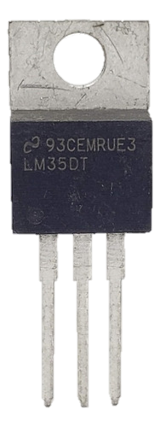
 Design with LM35DT in Cirkit Designer
Design with LM35DT in Cirkit DesignerIntroduction
The LM35DT is a precision integrated-circuit temperature sensor with an output voltage linearly proportional to the Celsius temperature. It requires no external calibration or trimming to provide typical accuracies of ±0.25°C at room temperature and ±0.75°C over a full -55°C to +150°C temperature range. This makes it an ideal choice for a wide range of temperature sensing applications.
Explore Projects Built with LM35DT
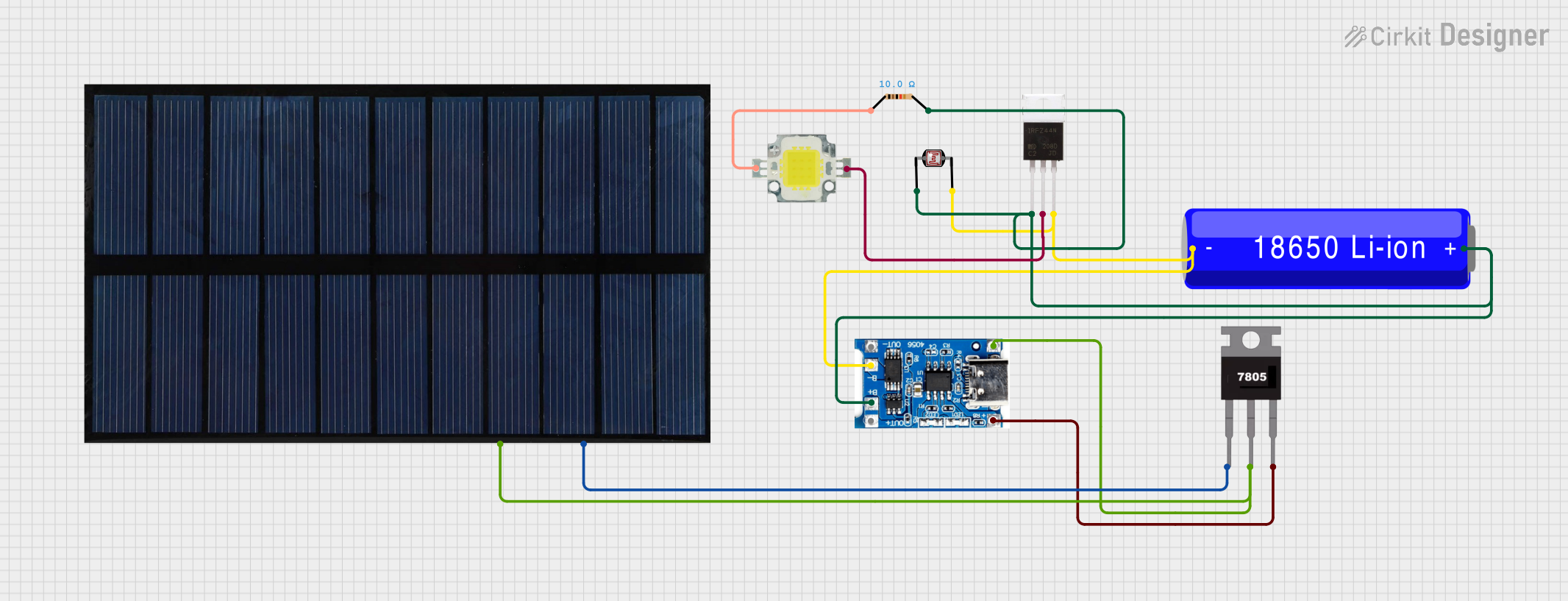
 Open Project in Cirkit Designer
Open Project in Cirkit Designer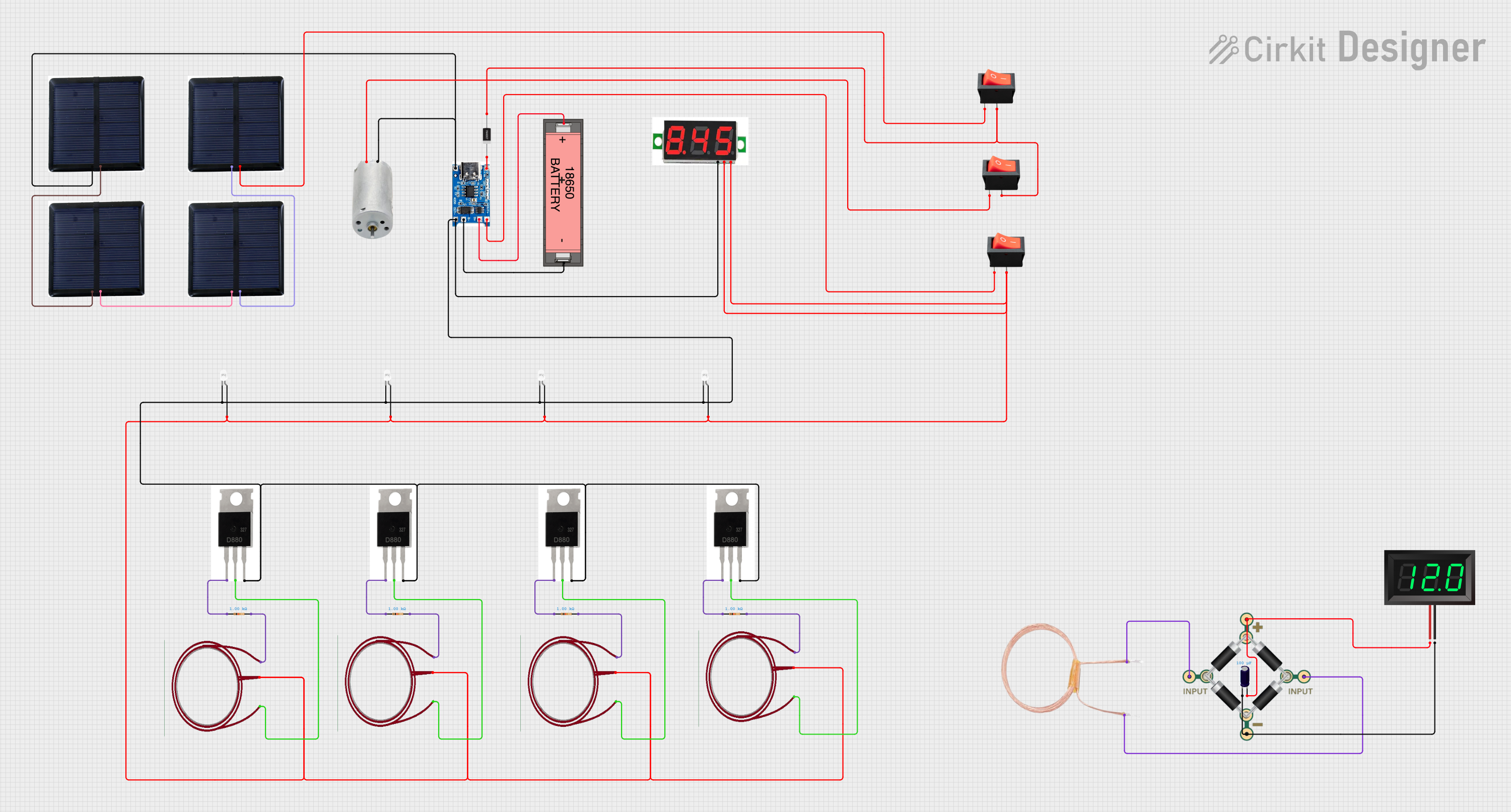
 Open Project in Cirkit Designer
Open Project in Cirkit Designer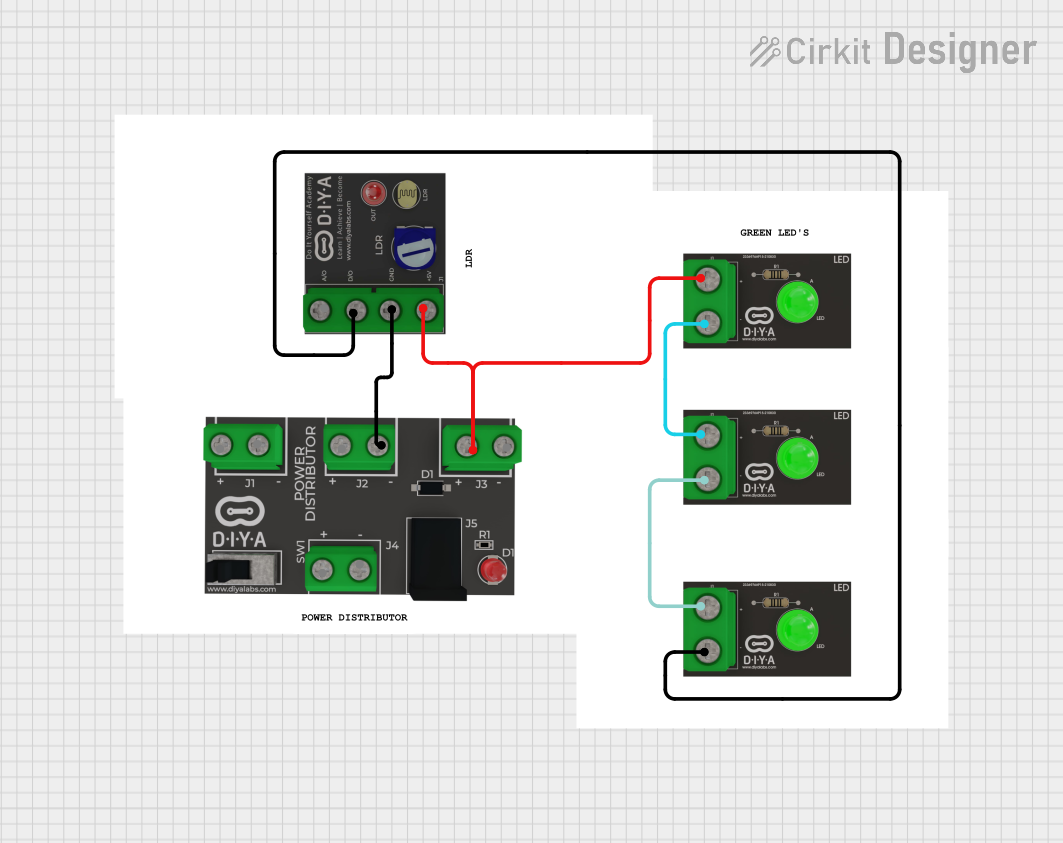
 Open Project in Cirkit Designer
Open Project in Cirkit Designer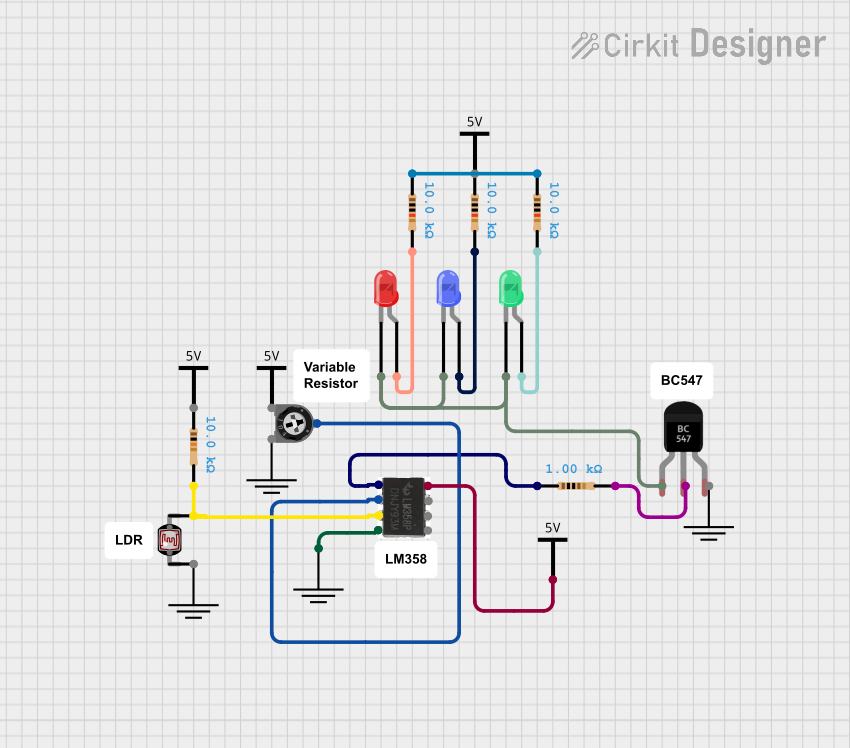
 Open Project in Cirkit Designer
Open Project in Cirkit DesignerExplore Projects Built with LM35DT

 Open Project in Cirkit Designer
Open Project in Cirkit Designer
 Open Project in Cirkit Designer
Open Project in Cirkit Designer
 Open Project in Cirkit Designer
Open Project in Cirkit Designer
 Open Project in Cirkit Designer
Open Project in Cirkit DesignerCommon Applications and Use Cases
- Environmental Monitoring: Used in weather stations and environmental monitoring systems.
- Industrial Automation: Employed in industrial processes to monitor and control temperature.
- Consumer Electronics: Integrated into devices like thermostats and home automation systems.
- Medical Devices: Utilized in medical equipment for temperature monitoring.
- Automotive: Used in vehicles for engine and cabin temperature monitoring.
Technical Specifications
Key Technical Details
| Parameter | Value |
|---|---|
| Supply Voltage Range | 4V to 30V |
| Supply Current | 60 µA |
| Output Voltage Range | 0V to 5V |
| Temperature Range | -55°C to +150°C |
| Accuracy at 25°C | ±0.25°C |
| Accuracy over full range | ±0.75°C |
| Sensitivity | 10 mV/°C |
| Response Time | 1.5 seconds (typical) |
Pin Configuration and Descriptions
| Pin Number | Pin Name | Description |
|---|---|---|
| 1 | Vout | Output voltage proportional to temperature |
| 2 | GND | Ground |
| 3 | Vs | Supply voltage (4V to 30V) |
Usage Instructions
How to Use the LM35DT in a Circuit
- Power Supply: Connect the Vs pin (Pin 3) to a power supply ranging from 4V to 30V.
- Ground Connection: Connect the GND pin (Pin 2) to the ground of the circuit.
- Output Voltage: The Vout pin (Pin 1) will provide an output voltage that is linearly proportional to the temperature in Celsius. For example, at 25°C, the output voltage will be 250 mV.
Important Considerations and Best Practices
- Decoupling Capacitor: Place a 0.1 µF capacitor between Vs and GND to filter out noise.
- Wiring: Keep the wiring short to minimize noise pickup.
- Calibration: Although the LM35DT does not require external calibration, ensure that the sensor is placed in a stable environment for accurate readings.
- Heat Sources: Avoid placing the sensor near heat sources that could affect its accuracy.
Example Circuit with Arduino UNO
// Example code to read temperature from LM35DT using Arduino UNO
const int sensorPin = A0; // LM35DT output connected to analog pin A0
float temperature; // Variable to store temperature value
void setup() {
Serial.begin(9600); // Initialize serial communication at 9600 baud rate
}
void loop() {
int sensorValue = analogRead(sensorPin); // Read the analog value from the sensor
temperature = (sensorValue * 5.0 * 100.0) / 1024.0; // Convert the analog value to temperature
Serial.print("Temperature: ");
Serial.print(temperature); // Print the temperature value to the serial monitor
Serial.println(" °C");
delay(1000); // Wait for 1 second before taking another reading
}
Troubleshooting and FAQs
Common Issues and Solutions
No Output Voltage:
- Solution: Check the power supply connections and ensure that the sensor is receiving the correct voltage.
Inaccurate Readings:
- Solution: Ensure that the sensor is not placed near heat sources or in direct sunlight. Verify that the ground connection is secure.
Fluctuating Readings:
- Solution: Add a decoupling capacitor (0.1 µF) between Vs and GND to filter out noise.
FAQs
Q1: Can the LM35DT be used to measure negative temperatures?
- A1: Yes, the LM35DT can measure temperatures as low as -55°C. The output voltage will be negative for temperatures below 0°C.
Q2: What is the maximum distance between the LM35DT and the microcontroller?
- A2: It is recommended to keep the wiring as short as possible to minimize noise pickup. For longer distances, consider using shielded cables.
Q3: Can the LM35DT be submerged in liquid for temperature measurement?
- A3: No, the LM35DT is not designed to be submerged in liquid. Use a waterproof temperature sensor for such applications.
Q4: How do I calibrate the LM35DT?
- A4: The LM35DT does not require external calibration. However, ensure that the sensor is placed in a stable environment for accurate readings.
By following this documentation, users can effectively integrate the LM35DT temperature sensor into their projects, ensuring accurate and reliable temperature measurements.